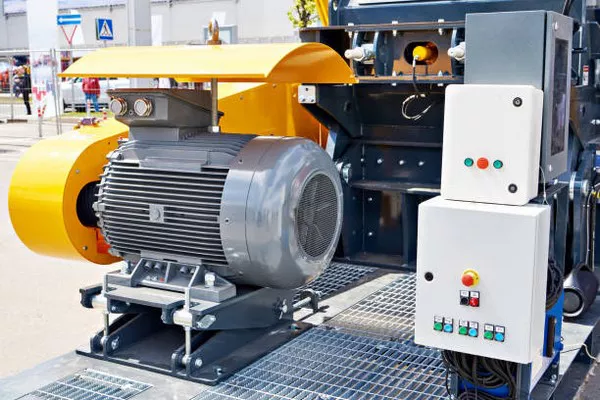As summer temperatures soar, the reliance on air conditioning units becomes paramount for comfort and productivity. However, power outages are not uncommon during extreme weather conditions, necessitating the use of generators to ensure uninterrupted cooling. Selecting the appropriate generator size to power a window AC unit is crucial for efficient operation and avoiding potential damage to both the unit and the generator itself. In this article, we delve into the considerations and factors involved in choosing the right generator size for running a window AC unit.
Understanding Power Requirements
1. Assessing the Power Consumption of Window AC Units
Window AC units vary in power consumption depending on their size, cooling capacity, and energy efficiency ratings. Before selecting a generator, it’s essential to determine the wattage requirements of the specific AC unit. This information can usually be found on the unit’s nameplate or in the manufacturer’s documentation.
2. Calculating Starting and Running Watts
Window AC units typically require higher power during startup due to the initial surge of the compressor. This starting wattage is higher than the unit’s continuous running wattage. To accurately size a generator, both the starting and running wattage of the AC unit must be considered.
3. Factoring in Additional Loads
In addition to the window AC unit, other electrical loads that may be connected to the generator must be accounted for. These could include lights, appliances, electronics, and other essential devices. Totaling the wattage requirements of all connected loads ensures the generator is adequately sized to handle the combined electrical demand.
Selecting the Right Generator Size
1. Matching Generator Capacity to AC Unit Requirements
Once the power requirements of the window AC unit and other loads are determined, selecting a generator with sufficient capacity is essential. It’s recommended to choose a generator with a rated wattage slightly higher than the total combined starting wattage of all connected devices. This provides a safety margin and ensures the generator can handle peak loads without overload.
2. Considering Generator Type and Efficiency
Different types of generators, such as portable gasoline, propane, or diesel generators, offer varying efficiencies and power output capabilities. Diesel generators, for example, typically provide higher power output and fuel efficiency compared to gasoline counterparts. Evaluating the efficiency and output of various generator types can help in selecting the most suitable option for powering a window AC unit.
3. Understanding Generator Sizing Guidelines
Manufacturers often provide sizing guidelines and recommendations for their generators based on the intended applications and load requirements. These guidelines typically consider factors such as altitude, ambient temperature, and duty cycle. Adhering to manufacturer recommendations ensures optimal performance and longevity of the generator.
4. Consulting with Professionals
In cases where uncertainty exists or specific requirements are complex, consulting with professionals such as electricians or generator specialists can provide valuable insights and recommendations. These experts can conduct load assessments, recommend suitable generator models, and ensure proper installation and operation.
Practical Considerations and Tips
1. Prioritizing Essential Loads
During a power outage, it may be necessary to prioritize essential loads to maximize the runtime of the generator. Essential loads such as the window AC unit, refrigerator, and lighting should be given priority, while non-essential loads can be temporarily disconnected or powered separately if feasible.
2. Investing in Automatic Transfer Switches
Automatic transfer switches (ATS) facilitate seamless transition between utility power and generator power during outages. These devices automatically detect power loss and switch the electrical load to the generator, ensuring uninterrupted operation of critical appliances such as the window AC unit.
3. Regular Maintenance and Testing
Proper maintenance and periodic testing of both the generator and the window AC unit are essential to ensure reliability and performance during emergencies. This includes regular servicing, fuel inspection, and testing of startup procedures to identify and address any issues proactively.
4. Compliance with Safety Standards
When installing and operating a generator, adherence to safety standards and guidelines is paramount to prevent accidents and ensure user safety. This includes proper grounding, ventilation, and placement of the generator to mitigate risks associated with carbon monoxide poisoning, electrical hazards, and fire.
See Also Small Generators: What Can They Power?
Conclusion
Selecting the right generator size to power a window AC unit involves assessing the power requirements of the AC unit, calculating starting and running watts, and considering additional electrical loads. By matching generator capacity to the total electrical demand, considering efficiency and type, and adhering to manufacturer recommendations, users can ensure reliable and efficient operation during power outages. Practical considerations such as prioritizing essential loads, investing in automatic transfer switches, conducting regular maintenance, and complying with safety standards further enhance the reliability and safety of generator-powered cooling systems.

